AI Deepfake – Opportunities and Risks
AI Deepfake is emerging as one of the most fascinating applications of artificial intelligence, bringing both opportunities and risks. This technology unlocks potential in content creation, entertainment, education, and marketing, while also raising serious challenges related to security, misinformation, and digital ethics. Understanding the opportunities and risks of AI Deepfake is key to leveraging its benefits while ensuring safety and trust in the digital era.
Artificial intelligence has unlocked the power to create "deepfakes" – highly realistic but fabricated media. From videos seamlessly swapping someone's face to cloned voices that sound indistinguishable from the real person, deepfakes represent a new era where seeing (or hearing) is not always believing. This technology holds exciting opportunities to innovate across industries, but it also poses serious risks.
In this article, we'll explore what AI deepfakes are, how they work, and the key opportunities and dangers they bring in today's world.
What is a Deepfake?
A deepfake is a piece of synthetic media (video, audio, images or even text) generated or altered by AI to convincingly mimic real content. The term itself comes from "deep learning" (advanced AI algorithms) and "fake", and it entered popular usage around 2017 on a Reddit forum where users shared face-swapped celebrity videos.
Early deepfakes gained notoriety for malicious uses (such as inserting celebrity faces into fake videos), giving the technology a negative reputation. However, not all AI-generated synthetic content is nefarious. Like many technologies, deepfakes are a tool – their impact (good or bad) depends on how they're used.
Such synthetic content can also bring benefits. While there are plenty of negative examples, the technology itself is neither inherently positive nor negative – its impact depends on the actor and their intention.
— World Economic Forum
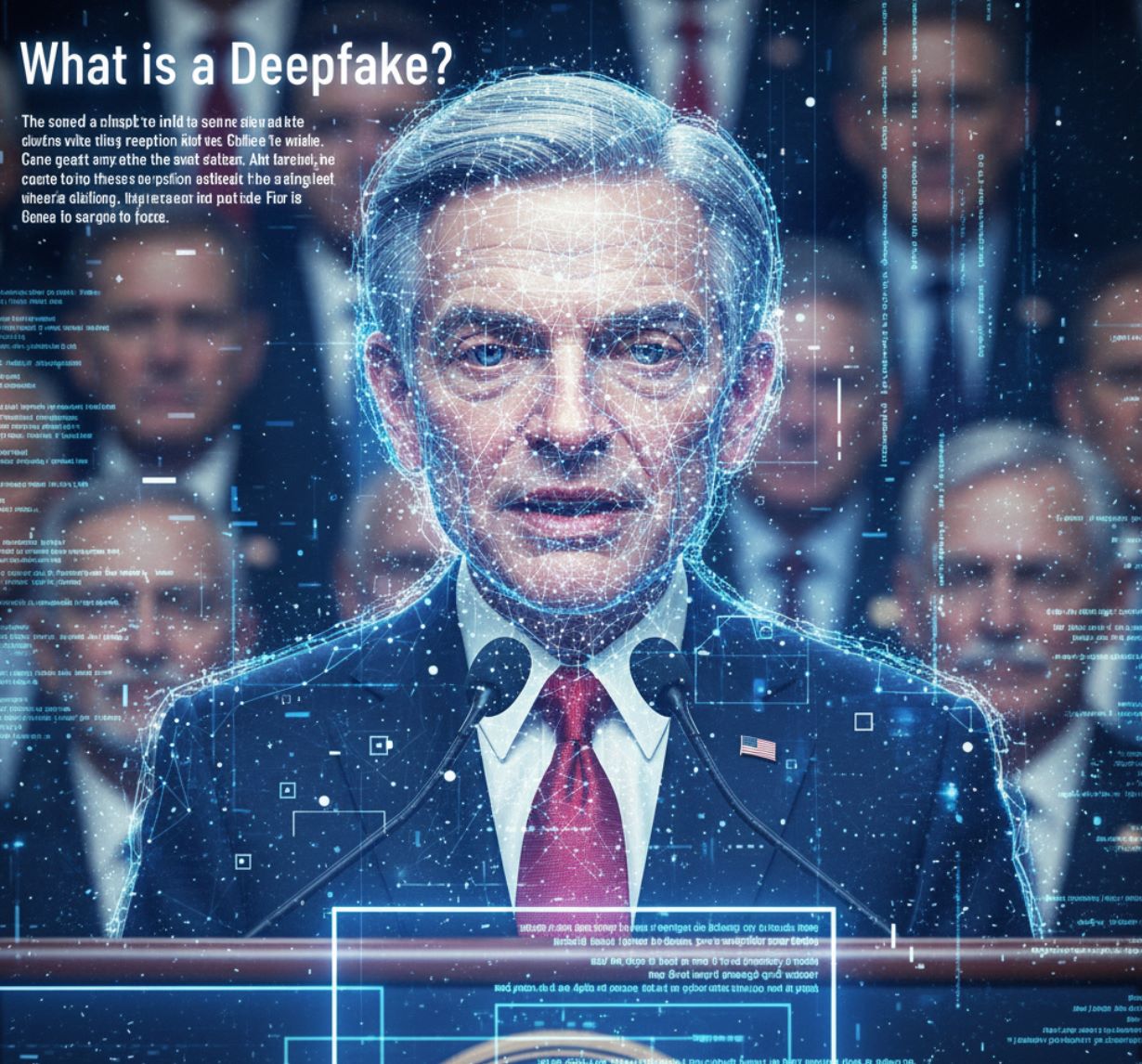
Opportunities and Positive Applications
Despite their controversial reputation, deepfakes (often referred to more neutrally as "synthetic media") offer several positive applications across creative, educational, and humanitarian fields:
Entertainment and Media
Filmmakers are using deepfake techniques to create stunning visual effects and even "de-age" actors on screen. For example, the latest Indiana Jones film digitally recreated a younger Harrison Ford by training an AI on decades of his past footage.
- Revive historical figures or deceased actors for new performances
- Improve dubbing by accurately matching lip movements
- Produce more immersive and realistic content in movies, television, and games
Education and Training
Deepfake technology can make learning experiences more engaging and interactive through realistic simulations and historical reenactments.
- Generate educational simulations featuring lifelike historical figures
- Create realistic role-play scenarios for medical, aviation, and military training
- Prepare learners for real-world situations in a safe, controlled environment
Accessibility and Communication
AI-generated media is breaking language and communication barriers through advanced translation and voice preservation technologies.
- Dub videos into multiple languages while preserving speaker's voice and mannerisms
- Emergency services using AI voice translation, cutting translation time by up to 70%
- Sign language avatars translating speech for deaf audiences
- Personal voice cloning for those who lose the ability to speak
Healthcare and Therapy
In medicine, synthetic media can aid both research and patient well-being through enhanced training and therapeutic applications.
- AI-generated medical images augment training data for diagnostic algorithms
- Therapeutic videos for Alzheimer's patients featuring loved ones
- Public health campaigns reaching diverse audiences (e.g., David Beckham anti-malaria campaign reached 500M people)
Privacy and Anonymity Protection
Paradoxically, the same face-swapping capability that can create fake news can also protect privacy. Activists, whistleblowers or vulnerable individuals can be filmed with their faces replaced by a realistic AI-generated face, concealing their identity without resorting to obvious blurring.
Documentary Protection
The documentary "Welcome to Chechnya" (2020) used AI-generated face overlays to mask the identities of LGBT activists fleeing persecution while preserving their facial expressions and emotions.
Social Media Anonymization
Experimental systems can automatically replace a person's face in photos shared on social media with a synthetic look-alike if they haven't consented to being identified.
Voice Privacy
"Voice skin" technology can alter a speaker's voice in real-time (like in online games or virtual meetings) to prevent bias or harassment while still conveying the original emotion and intent.
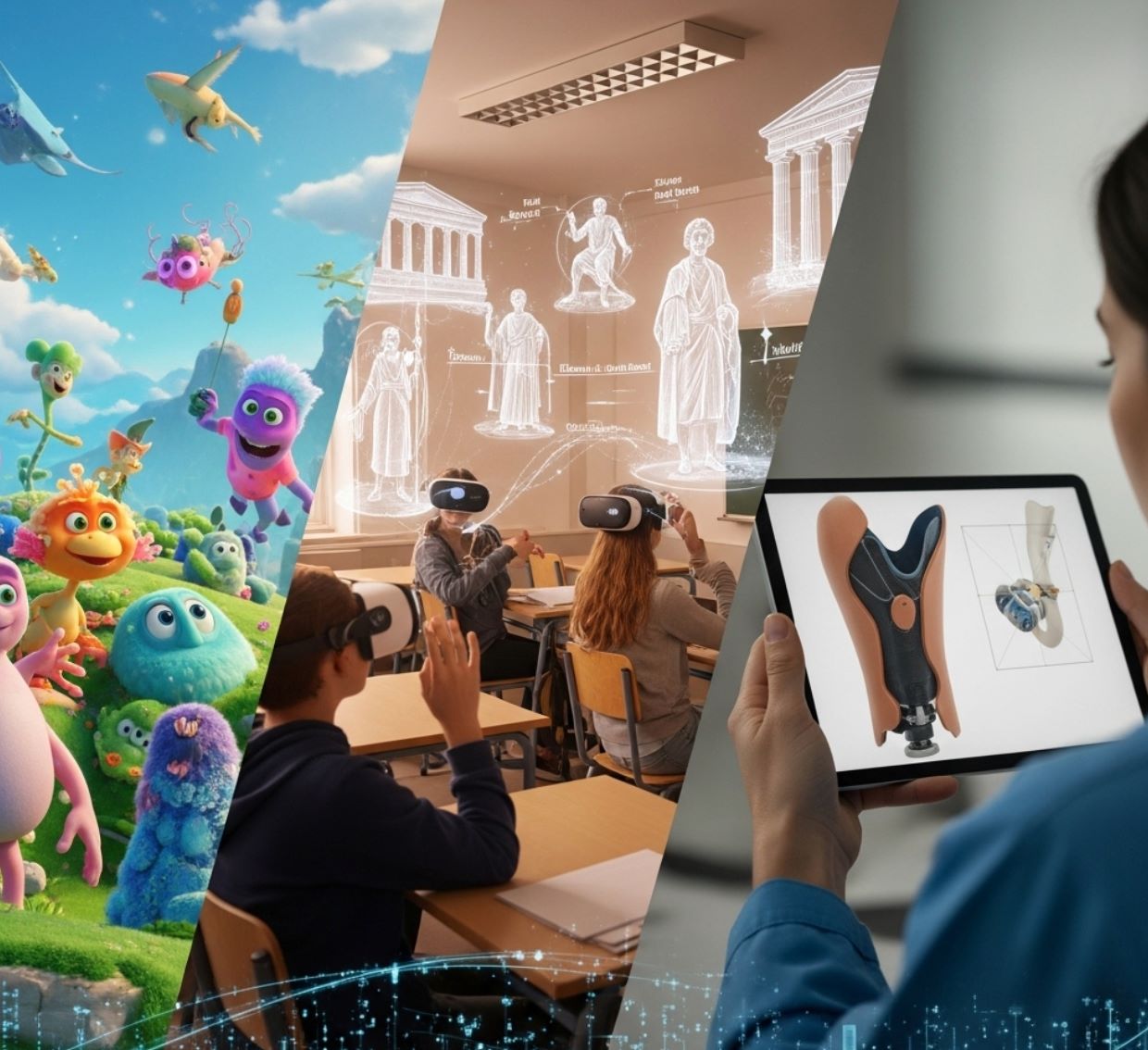
Risks and Misuses of Deepfakes
The proliferation of easy-to-make deepfakes has also sparked serious concerns and threats. In fact, a 2023 survey found that 60% of Americans were "very concerned" about deepfakes – ranking it as their number one AI-related fear.
Misinformation and Political Manipulation
Deepfakes can be weaponized to spread disinformation on a large scale. Forged videos or audio of public figures can depict them saying or doing things that never happened, tricking the public and undermining trust in institutions.
Ukraine War Propaganda
Market Manipulation
Non-Consensual Pornography and Harassment
One of the earliest and most pervasive malicious uses of deepfakes has been the creation of fake explicit content. Using a few photos, attackers can generate realistic pornographic videos of individuals – typically targeting women – without their consent.
- Severe form of privacy violation and sexual harassment
- Causes humiliation, trauma, reputational damage, and extortion threats
- High-profile actresses, journalists, and private individuals targeted
- Several U.S. states and federal government proposing laws to criminalize deepfake pornography
Fraud and Impersonation Scams
Deepfakes have emerged as a dangerous new weapon for cybercriminals. AI-generated voice clones and even live video deepfakes are used to impersonate trusted people for fraudulent gain.
Real-World Financial Losses
CEO Voice Scam
Video Conference Fraud
Such deepfake-driven social engineering attacks are on the rise – reports show a massive spike in deepfake fraud globally in the past couple of years. The combination of highly believable fake voices/videos and the speed of digital communication can catch victims off guard.
Erosion of Trust and Legal Challenges
The advent of deepfakes blurs the line between reality and fiction, raising broad societal and ethical concerns. As fake content gets more convincing, people may begin to doubt authentic evidence – a dangerous scenario for justice and public trust.
Key Challenges
- Evidence Dismissal: A real video of wrongdoing could be dismissed as a "deepfake" by the wrongdoer, complicating journalism and legal proceedings
- Rights and Ownership: Who owns the rights to an AI-generated likeness of a person?
- Legal Framework: How do defamation or libel laws apply to a fake video that harms someone's reputation?
- Consent Issues: Using someone's face or voice in a deepfake without permission violates their rights, yet laws are still catching up
Detection Arms Race
- AI detection systems spot subtle artifacts
- Analyze facial blood flow patterns
- Monitor blinking anomalies
Evolving Technology
- Deepfake methods evade detection
- Constant cat-and-mouse battle
- Requires ongoing innovation
All of these challenges make it clear that society must grapple with how to authentically verify media in the age of AI and how to hold deepfake creators accountable for misuse.
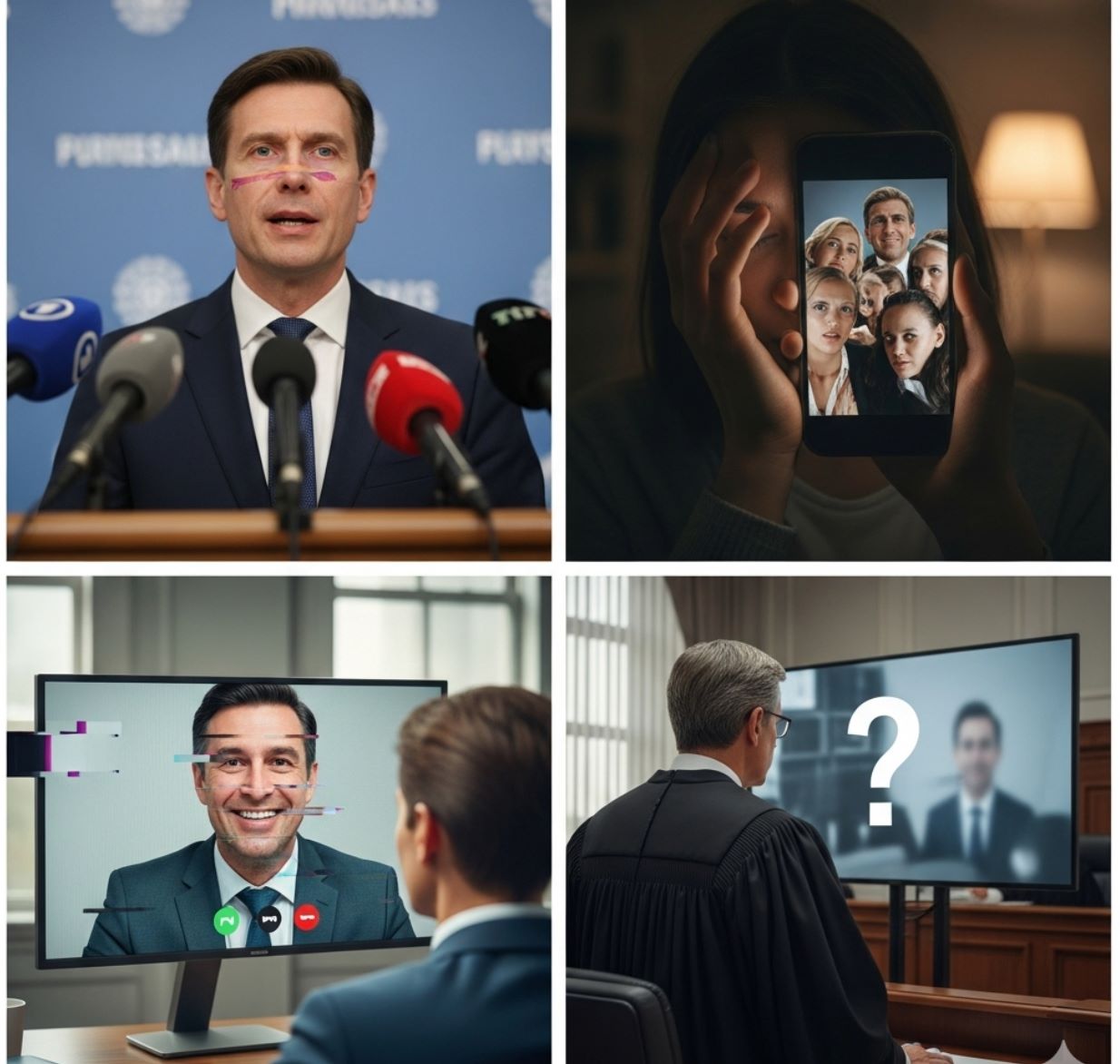
Navigating the Deepfake Era: Striking a Balance
AI deepfakes present a classic dilemma of technological progress: immense promise intertwined with peril. On one hand, we have unprecedented creative and beneficial uses – from preserving voices and translating languages to envisioning new forms of storytelling and protecting privacy. On the other hand, the malicious uses of deepfakes threaten privacy, security, and public trust.
The genie is out of the bottle and we can't put it back. Rather than panic or outright bans, we need a balanced approach: encourage responsible innovation in synthetic media while developing strong guardrails against abuse.
Multi-Front Defense Strategy
Moving forward, it's crucial to maximize the benefits while minimizing the harms. Efforts are underway across multiple fronts:
Technical Detection
Tech companies and researchers are investing in detection tools and authenticity frameworks (such as digital watermarks or content verification standards) to help people distinguish real from fake media.
Policy and Legislation
Policymakers around the world are exploring legislation to curb the most abusive deepfake practices – for example, banning fake porn, election disinformation, or requiring disclosures when media has been AI-altered.
Education and Awareness
Digital literacy programs can teach the public how to critically evaluate media and watch out for signs of deepfakery, much as people have learned to spot email scams or phishing attempts.
Collaborative Approach
By working together – technologists, regulators, companies, and citizens – we can build a future where deepfake AI is common, familiar and trustworthy.
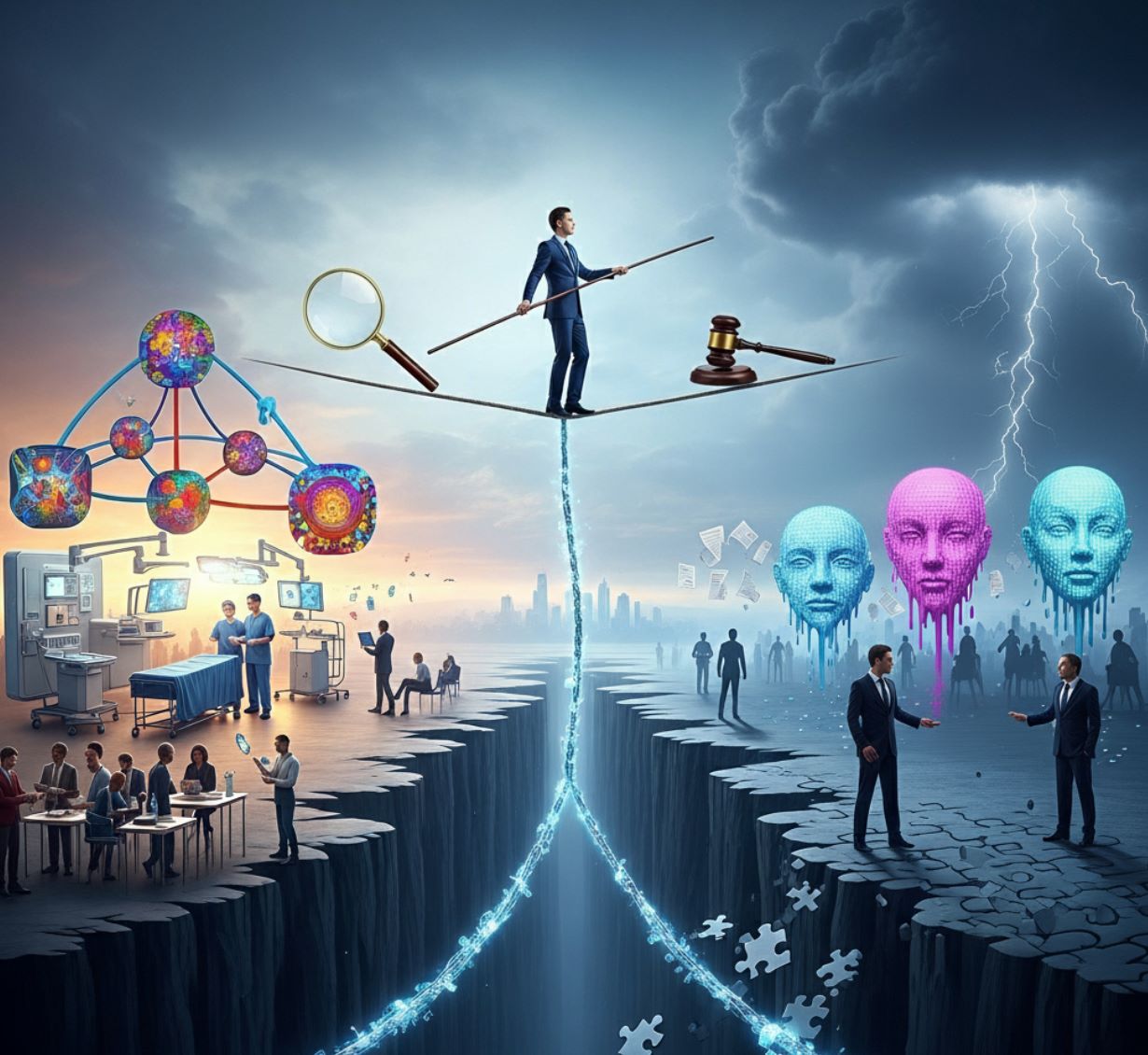
The Path Forward
Ultimately, the deepfake phenomenon is here to stay. Rather than panic or outright bans, experts advocate a balanced approach: encourage responsible innovation in synthetic media while developing strong guardrails against abuse.
Foster Positive Applications
Encourage use in entertainment, education, accessibility, and healthcare under ethical guidelines
- Creative storytelling and visual effects
- Educational simulations and training
- Accessibility and communication tools
- Medical research and therapy
Implement Strong Safeguards
Invest in security measures, legal frameworks, and norms to punish malicious uses
- Detection and verification systems
- Legal accountability frameworks
- Platform content moderation
- Public awareness campaigns
In such a future, we harness the creativity and convenience that deepfakes offer, while being vigilant and resilient against the new forms of deception they enable. The opportunities are exciting, and the risks are real – recognizing both is the first step in shaping an AI-driven media landscape that benefits society as a whole.




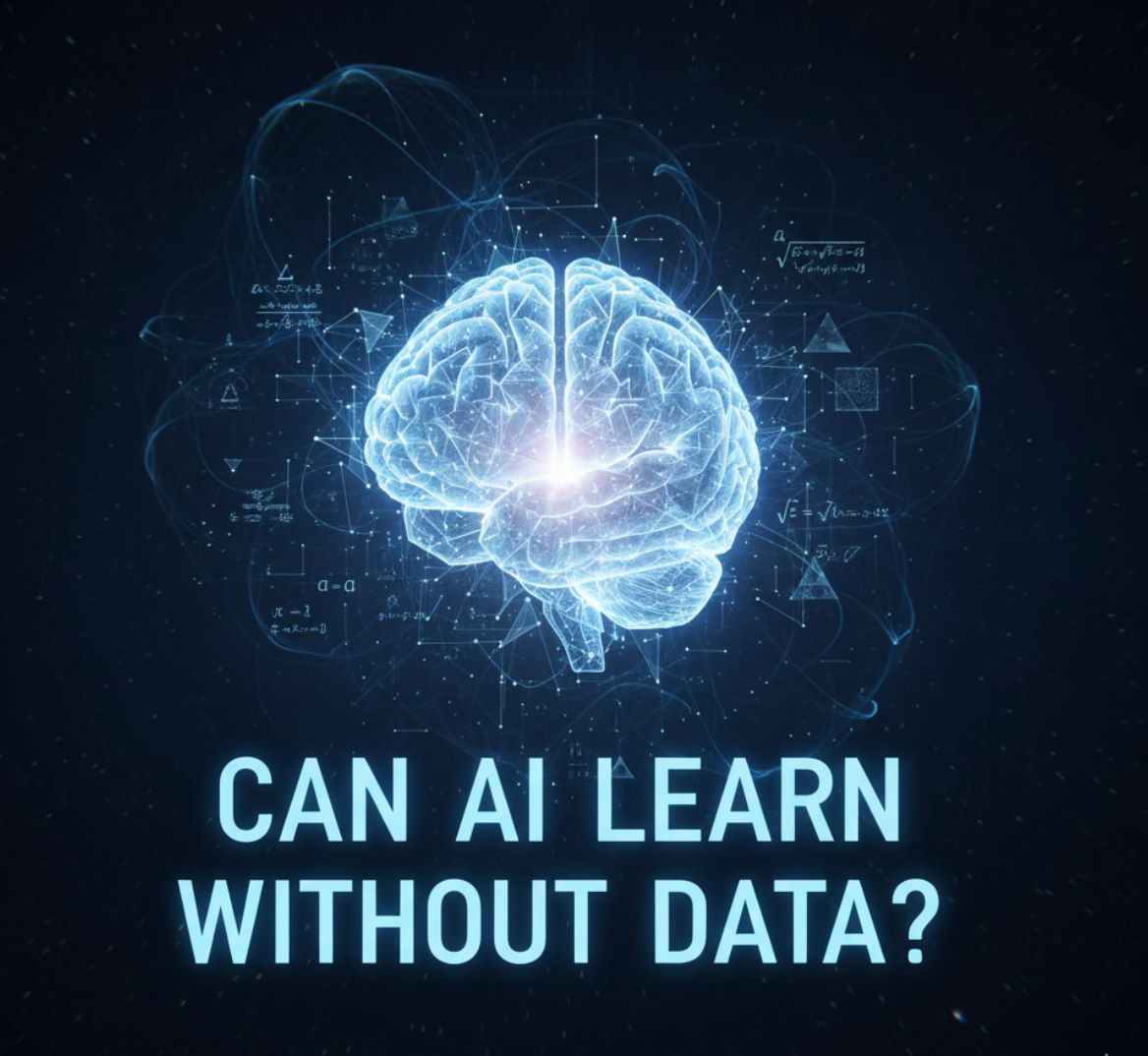
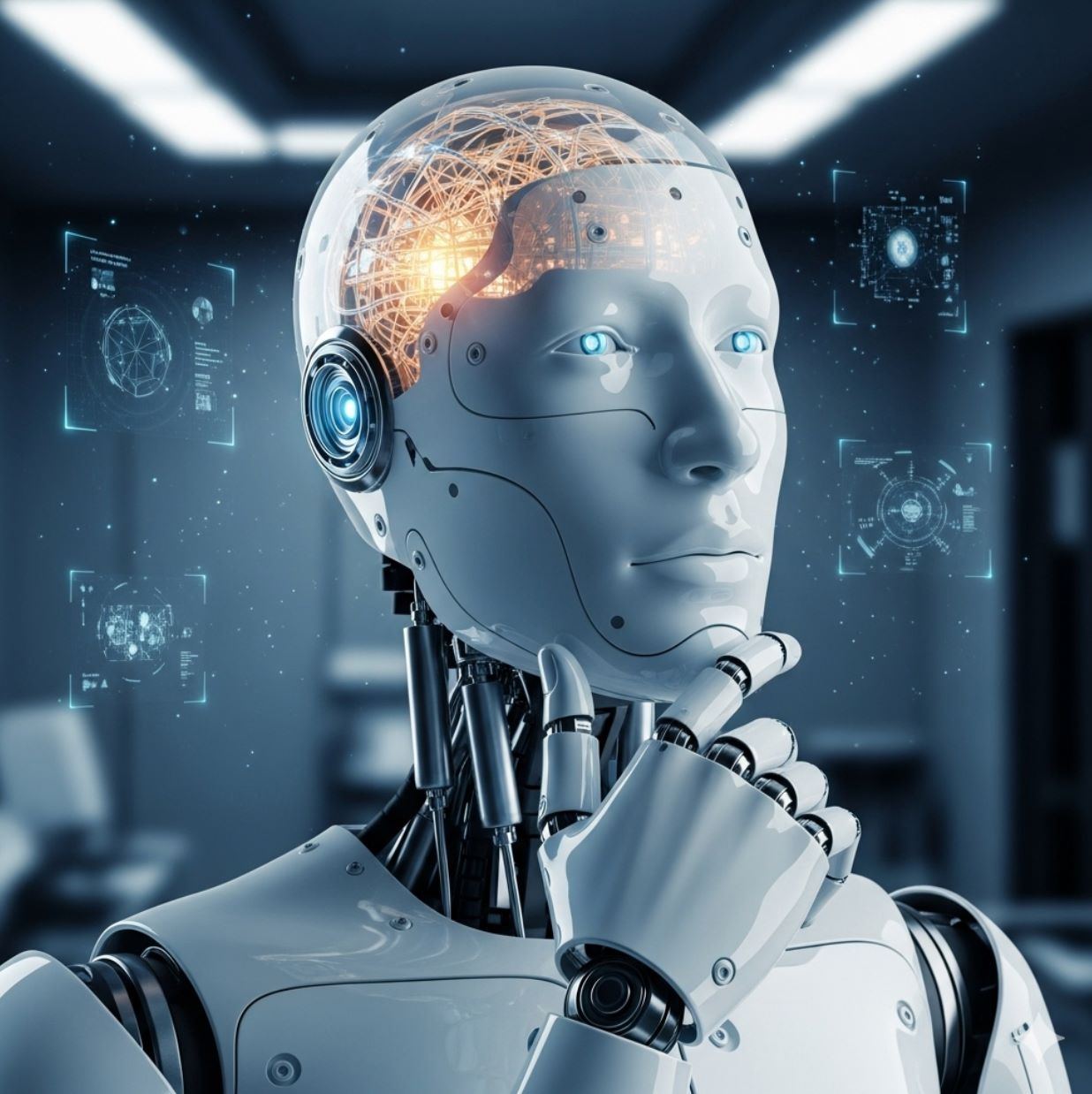
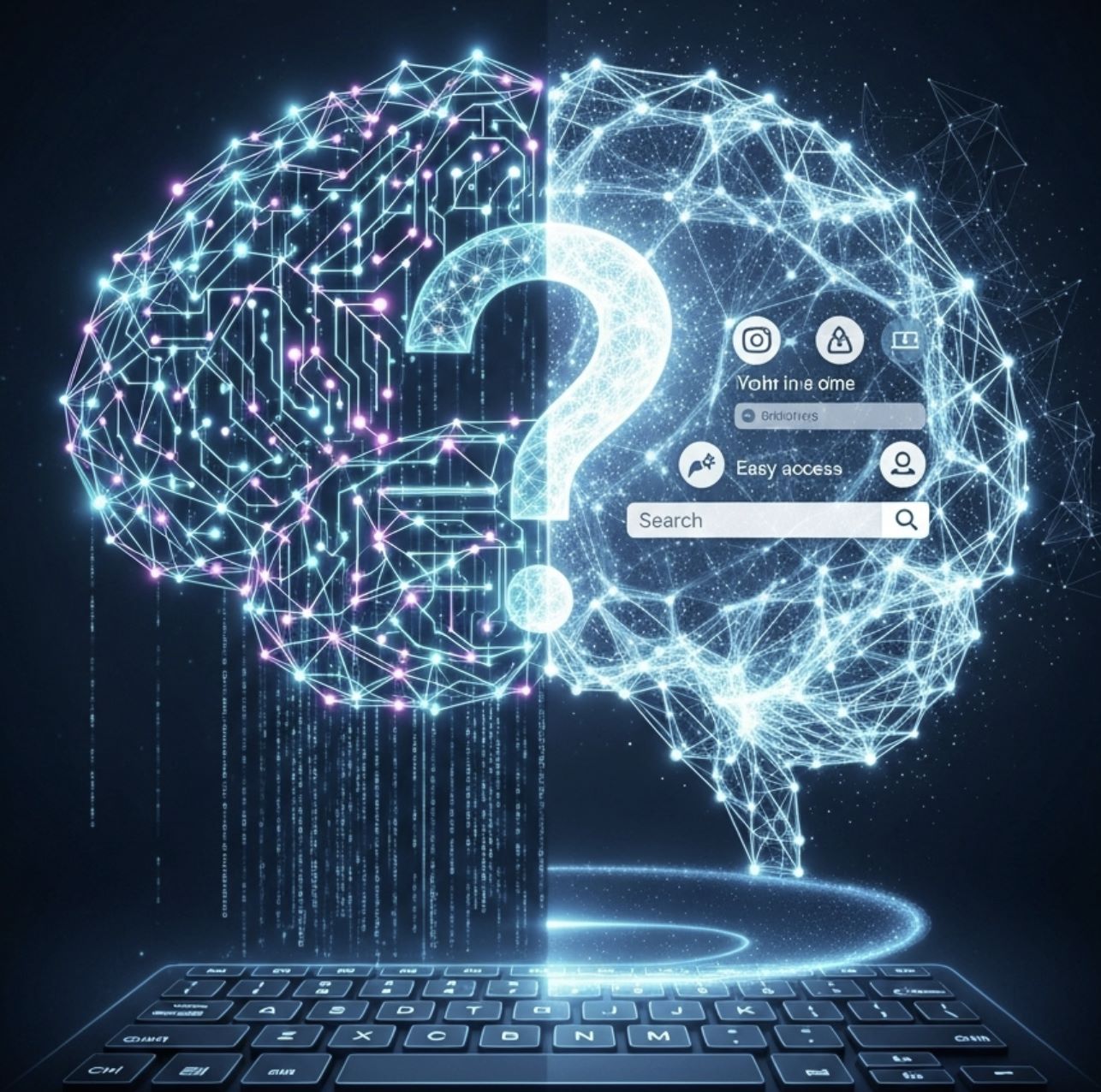
Comments 0
Leave a Comment
No comments yet. Be the first to comment!